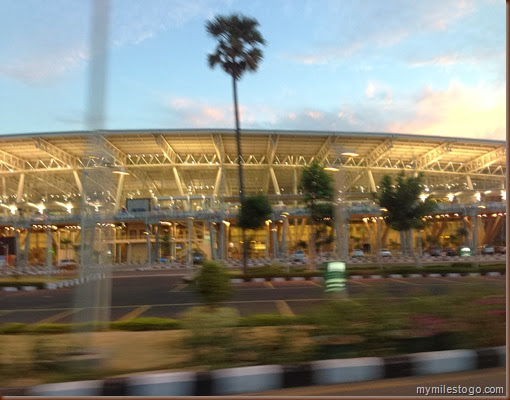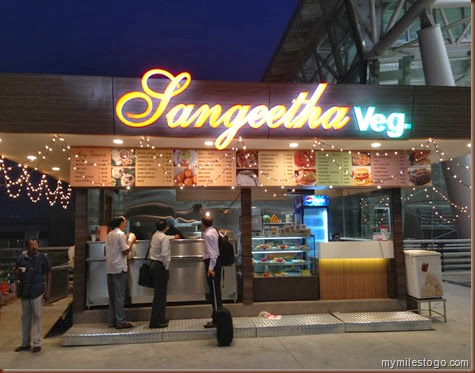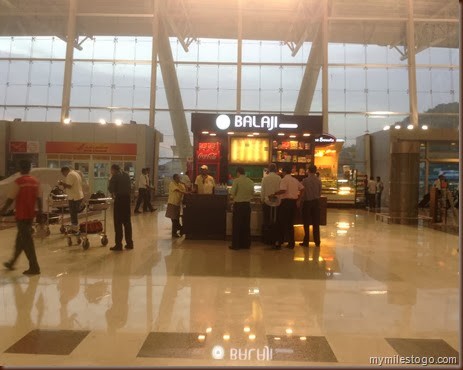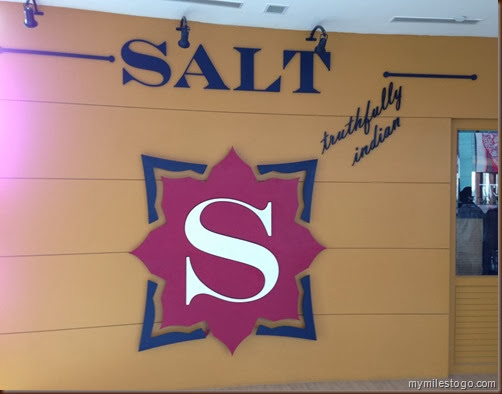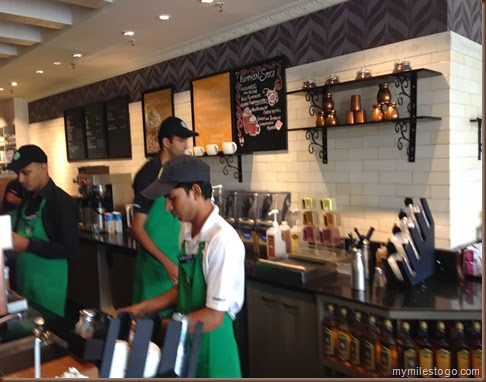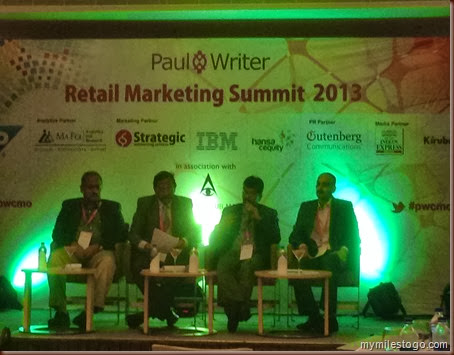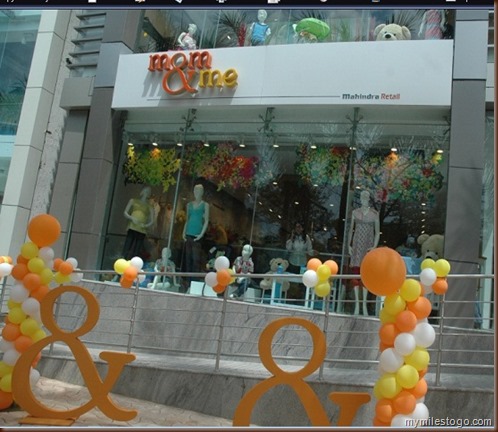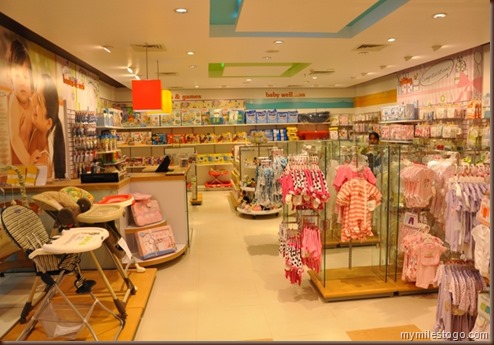Even before I was part of the exciting world of Airports (in 2006), I have always been a big fan of the commercial opportunities at transit points, be it the railway stations or bus terminals, let alone airports. It was always a craze to have a cup of coffee at the railway station when we would go over to pick up our loved ones arriving from long distances, especially if the visits were made once in a couple of years. It was yet another joy to consume within trains – from Rajdhanis to Shatabdis to the passenger trains that would have hawkers selling everything from peanuts to guavas to oranges to chips and snacks. The joy of consumption during travel would somehow take over the joy of travel itself.
I have been using airports for just over 15 years now. My first flight was to Mumbai from Chennai to attend a job interview with a leading Retail Chain, with air tickets being sponsored by the company. That was the first time I was inside an Airport terminal, although I have been several times before that to drop off or receive guests from the Chennai Airport. The airport was and continues to be an important piece of the growth story of the state (of Tamilnadu) as well as served as a gateway to the rest of Southern India. In 2005, when the Government of India announced privatisation of Airports, the most protests were seen outside the Chennai Airport, the maximum being only second to the city of Kolkata. The staff of Airports Authority of India (AAI) and allied agencies protested that their livelihoods would be lost if the airport was privatised. The Government succumbed to pressure; Chennai’s loss was to the gain of Bangalore and Hyderabad. Both the cities claim to be the Gateway to South India and came up with world class private airports in the outskirts of the city in 2008, albeit the cities have been growing faster in their respective airport corridors over the past 8 years. Mumbai and Delhi somehow managed to keep the privatisation tab on. Delhi’s T3 Airport Terminal, which is managed by the GMR Group was built in record time and is now ranked among the top 5 in the world, consecutively for the past 3 years. Mumbai Airport, managed by the GVK Group built two new terminals for Domestic and International passengers and is struggling the political onslaught for space within its precincts which has been occupied by the public at large. Kolkata and Chennai Airports were allowed to be redeveloped by AAI and the work completed early this year with a time overshoot of over 9 months and a cost escalation of several hundred crores.
According to a recent survey by passengers on sleepinginairports.com, Kolkata Airport has been ranked 2nd worst in the world, with Chennai following a close third. What an infamy for a state which is considered the Detroit of India housing majors such as Ford, Nissan, Hyundai, Royal Enfield, Ashok Leyland, Hindustan Motors, MRF Tyres, Saint Gobain, Nokia, Samsung and many more! Chennai Port handles one of the highest loads in the peninsula. Chennai’s knowledgeable crowd contributes significantly to the Indian economy with Chennaites occupying important positions in the Indian Government as well as in global positions worldwide. And we have such a dud of an airport!
I feel quite disappointed, first as a citizen of the country and then as a resident of the city to pass through such an unglamorous airport every week, when I travel on work. The facilities are poorly planned. The Four Cs of airports, Comfort, Convenience, Cleanliness and Customer Service are shameful, to say the least. The only saving grace is the imposing façade which looks attractive for those passing by on the Grand Southern Trunk Road outside, but nothing more inside. There are no refreshments available outside the terminal, save for a sole counter which sells local cuisine at thrice the price of what’s sold downtown and a small kiosk of Café Coffee Day. The check-in hall has two ‘counters” where one needs to stand and eat snacks or sip coffee, just next to a dustbin which usually overflows, as though it’s a sort of a punishment. There is no bookshop or any other similar offering around; the only thing that solves passengers’ woes being the complimentary newspapers. The Departure areas are even worse. The layout of shops and other convenience is so bad that one would rather not step in than feeling disappointed thereafter. Cookieman and Frech Loaf are the only saving grace in the mess, although tehir products are meant to be take aways rather than consuming then and there. No Foodcourts or QSRs, just a restaurant located at the far end of the terminal. Services such as Taxi Operators and Forex are abysmally managed, with long queues for taxis in the peak hours in the evenings with unavailability of taxis for passengers. Airside services such as baggage handling are terrible. There are only four baggage belts and checked in luggage may arrive anywhere between 15-45 minutes after you land at the airport. There are only four aerobridges and the buses which provide ground transportation from the terminal to the aircrafts are poorly maintained. There is no complimentary Wi+Fi within the terminals. The airline staff and security staff from Central Industrial Security Force or CISF have a similar attitude as those who manage the airport – one that is indifferent and unfriendly. After all, it’s not just their fault since there is no one to oversee how good (or bad) their service towards passengers is.
I still believe there is hope. There is a plan to privatize the terminals through an open tender and the decision is expected to be taken by the end of this year with work to begin early 2014. Senior Executives from the companies which plan to bid had visited the airport to conduct a survey two weeks back were apparently welcomed by protestors from AAI, shooing them back not wanting privatization. But this time around, the Government doesn’t seem to back out. Hopefully, good sense would prevail and the airport would be handed over to a competent agency to serve passengers better.
An Airport is the face of a city and must display pride of place. It is the first point where international visitors to the country alight at. It is indeed important to put up a great one and maintain it as well. Lets hope.
